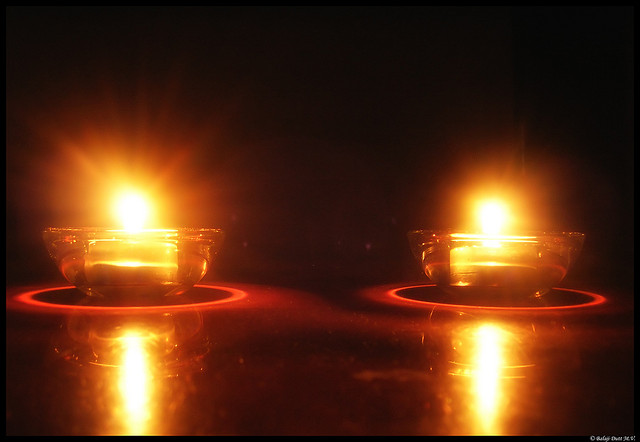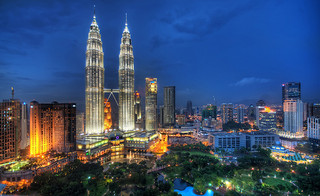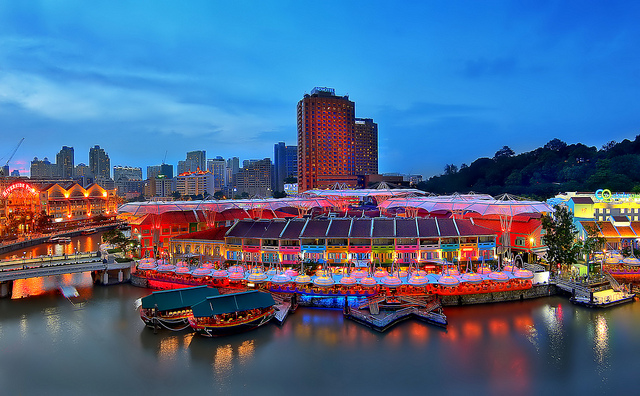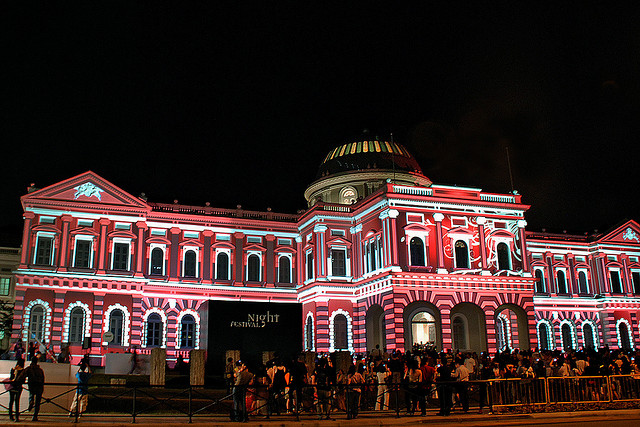Deepavali is the “Festival of Lights” and is a five-day celebration that is considered to be the most important holiday in the Hindu calendar. Its literal translation is “a row of lights”, as the festival’s name is derived from the words “deep” that means lights, and “avail” to mean a row.

There are many legends that are attached to Deepavali, but the most common among of all these is based on the story of how Lord Sri Krishna defeated the tyrannical king Narakasura. As the story goes, Narakasura was blessed by God and given a kingdom to rule. However, his subjects did not like how he ruled, so they prayed to Lord Sri Krishna for help. The defeat of Narakasura happened during the night of the new moon, and the people lit clay lamps to welcome Lord Krishna home. This practice continues to this day, and Deepavali is considered to be a celebration of how good defeats evil.
The holiday is also associated with the goddess of wealth Lakshmi, as the Deepavali falls on the day that most Indian business communities begin their new financial year. It is believed that she walks around the Earth looking for places where she would be made welcome, therefore Hindus light candles and welcome guests into their homes for the festivities.
Celebrated around the world
Deepavali is celebrated not just in India, but in countries where there are followers of the Hindu faith. Both Singapore and Malaysia consider this as an important holiday, celebrated not just by the Hindus and Indians, but by many citizens, tourists and visitors of various faiths. Traditionally, Deepavali lasts for five days, so expect plenty of activities and wonderful sights to experience.
2013 Date
Because it follows the Hindu lunar calendar, the date of the holiday changes when looking at the Gregorian calendar. In 2013, the Ministry of Manpower of Singapore has declared that Deepavali will fall on November 3 (Sunday), but they also advised that the date be checked against the Indian Almanac for possible changes. Since Deepavali falls on Sunday, the next day, November 4 (Monday), will be marked as a public holiday.
Singapore Celebrations
Singaporeans celebrate Deepavali as one community, but most of the celebrations are centered in Little India. One of the most anticipated events for this holiday is the Deepavali Street Light Up, which often occurs almost a month before the actual Deepavali date. A Switch-On ceremony marks the official start of the Deepavali celebrations, filing the streets with fantastic light displays that are arranged in themes and captivating patterns. Buildings and establishments from Selegia Road all the way to Serangoon Road go all out with lights and decorations bursting with bright colors.
The Deepavali is also the perfect time for visitors to experience the Singaporean culture. Many cultural shows and performances by local artists are seen, and it is not just by the Indians, but also by other ethnic groups. In 2012, there was a Deepavali Heritage and Crafts Exhibition, which showcased the origins of Deepavali and the traditions associated with it, and I believe this is a yearly attraction.
Modern Adaptations
A modern Singaporean way of welcoming Deepavali is the Countdown Concert. Think of it as the equivalent to New York’s New Year’s Countdown. Here, many musicians and celebrities from Singapore and abroad perform for the audience, and fireworks will mark the holiday at the stroke of midnight.
In the past years, Deepavali celebrations also host a bazaar called the Deepavali Festival Village. Stall after stall have various items on sale, including ethnic Indian wear, jewelry and handmade artwork. These stalls also offer traditional festival items and food, like sweets, spices and cookies.
Continuing Traditions
Despite these modern changes to the Deepavali, many old traditions still hold fast to Singapore’s way of celebrating the holiday. It is tradition to wear new clothes, and some even have their hands decorated with temporary tattoos drawn with henna dye.
The Indians are also fond of sweets, and sharing various sweet delicacies is an important tradition in Deepavali. After performing the traditional prayers associated with the holiday, families, relatives and visitors are offered these blessed treats that are said to “symbolize the sweetness and happiness of a person’s life.”
It is also common for fireworks to be lit on the celebrations of Deepavali. Like the Chinese, the Hindus believe that the loud noise and bright lights will chase away bad fortune and usher in the good ones.
Malaysia Hari Diwali
Many Malaysians refer to the holiday as Hari Diwali, and their celebrations are also lavish and grandiose. There is no holding back when it comes to decorations, and nearly the whole country is decked out for the occasion. Families begin the day with a ritual oil bath called “ganga-snanam” to cleanse away their impurities from last year. Prayers are said at the family altar, and many visit their elders to pay their respects and receive blessings. A lavish meal is prepared that everyone partakes in.
Open house tradition
Malaysians have a unique tradition of opening up their homes to guests, family or otherwise, during festival celebrations and it is no exception during Diwali. Malaysians of various races and faiths are welcomed and ask to join in the celebration. In many instances, tourists even get to experience this show of goodwill and friendship.
Art for Prosperity
When visiting a Malaysian Hindu’s home during Diwali, you may notice intricate designs and patterns on the ground in front of their homes. These designs are called kolam, and is a form of South Indian art that makes use of rice powder or chalk that are dyed with different colors. A kolam is said to bring prosperity to homes, and are often seen during special occasions.
As with other Malaysian celebrations, children receive gifts of money from their elders similar to the “ang pau” envelopes the Chinese give out during birthdays and New Year. Oil lamps are not lit by most, but more modern lights are used as decoration. Firecrackers and bamboo cannons, however, are not allowed to prevent from causing injuries to people.
Batu Cave celebrations
The Batu Caves is considered to be one of the most important sites for Malaysian Hindus. Celebrations at the caves’ temple complex are often the highlight of the holiday. Crowds gather early in the morning for a feast of vegetarian dishes.
During Diwali, the Malaysians make it a point to share their blessings with the less fortunate. It is also a practice done during other festive occasions.
Most of all, Deepavali is an important holiday to be with your loved ones and treasured friends.
Photos by Balaji Dutt, chooyutshing, chooyutshing, chooyutshing and Johnragai



